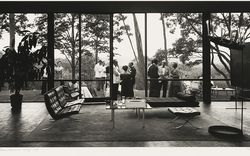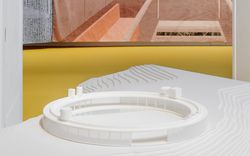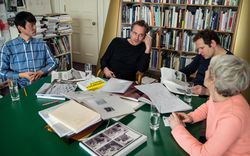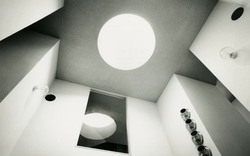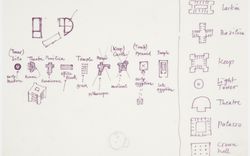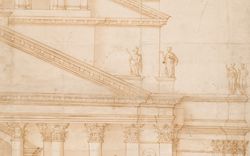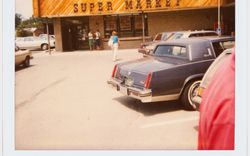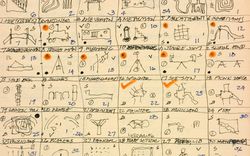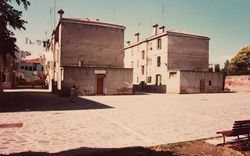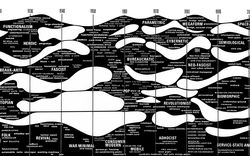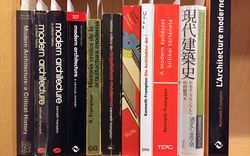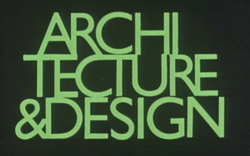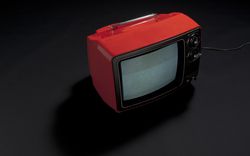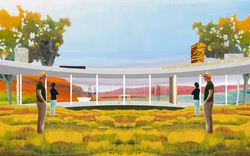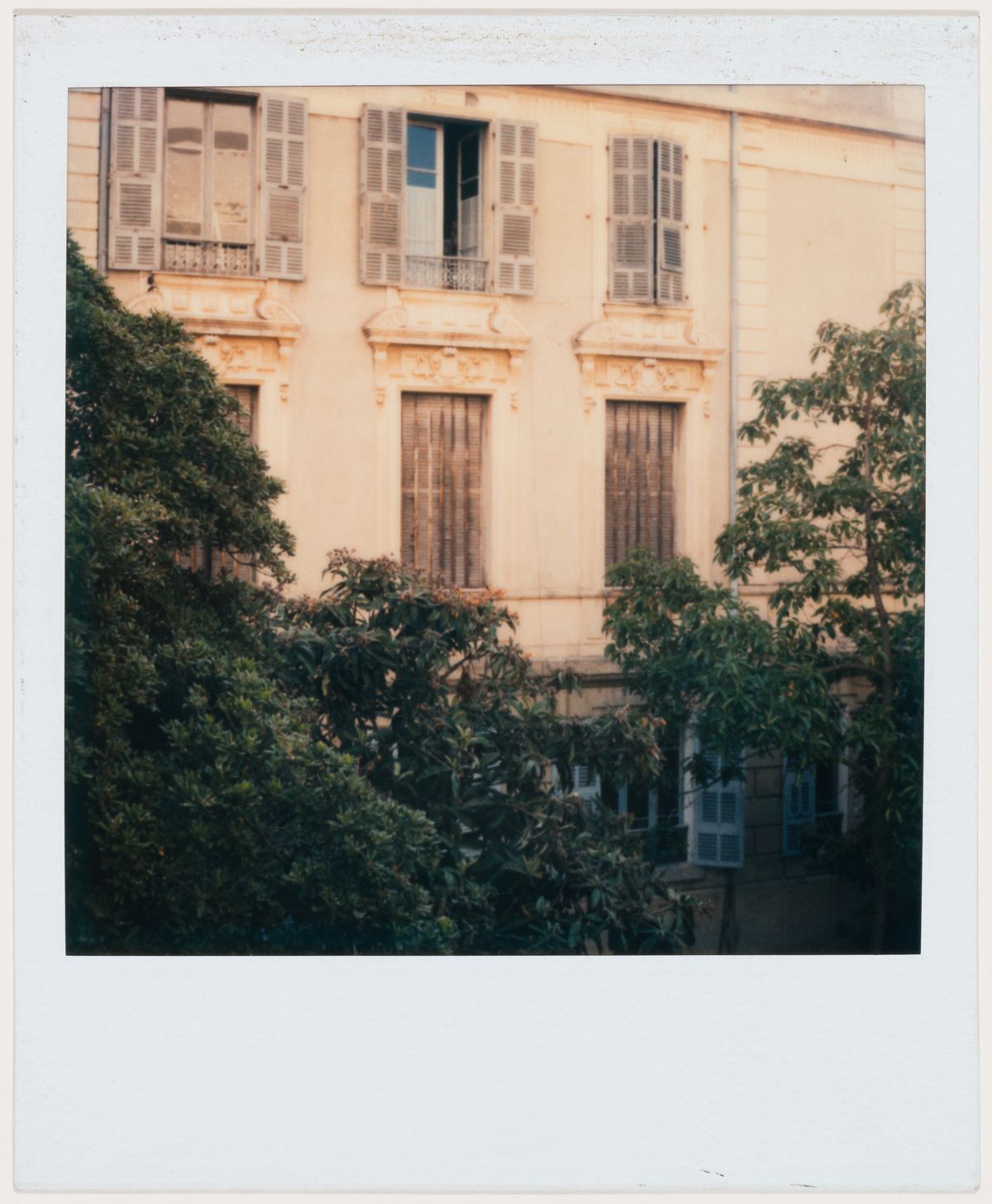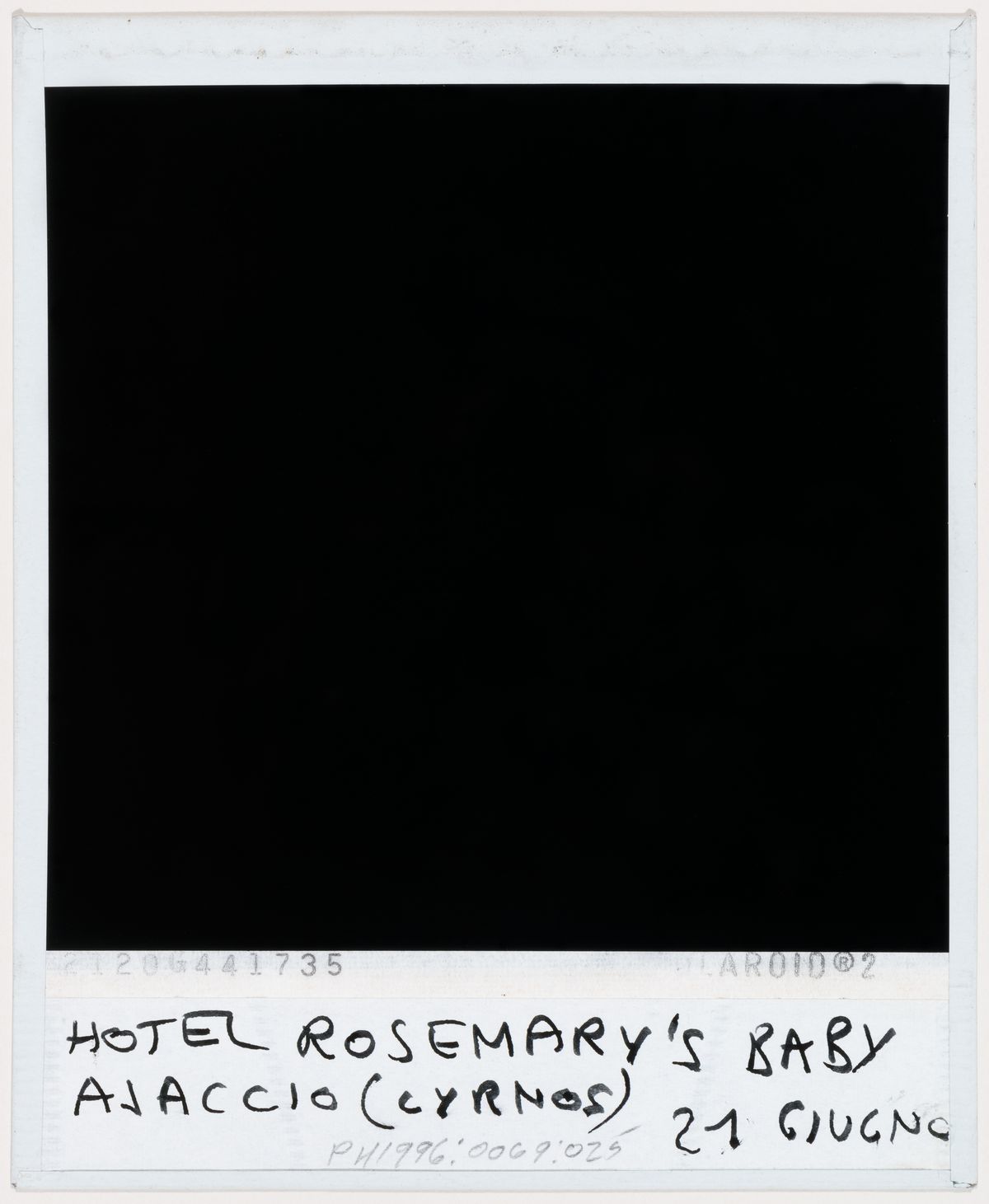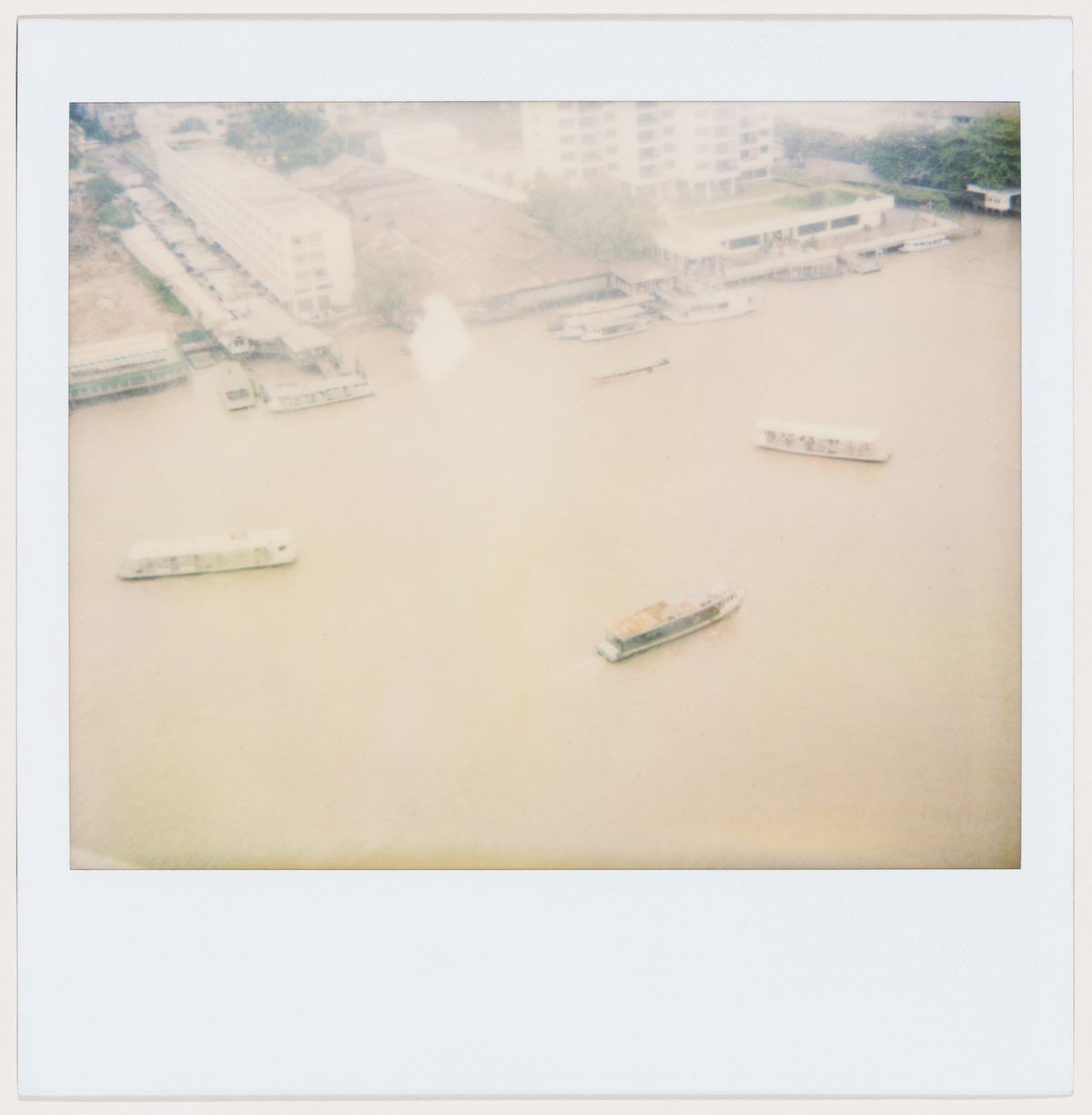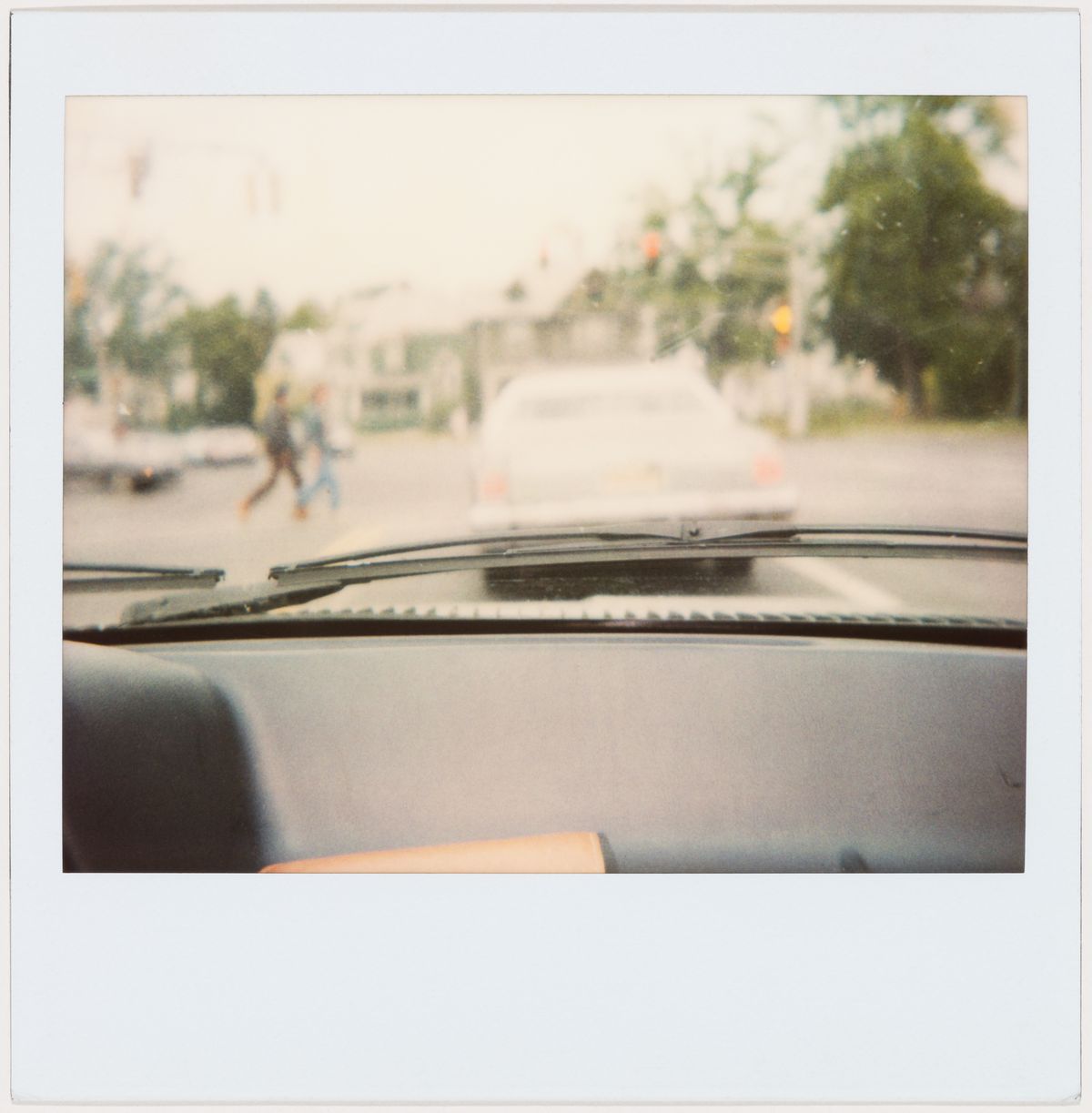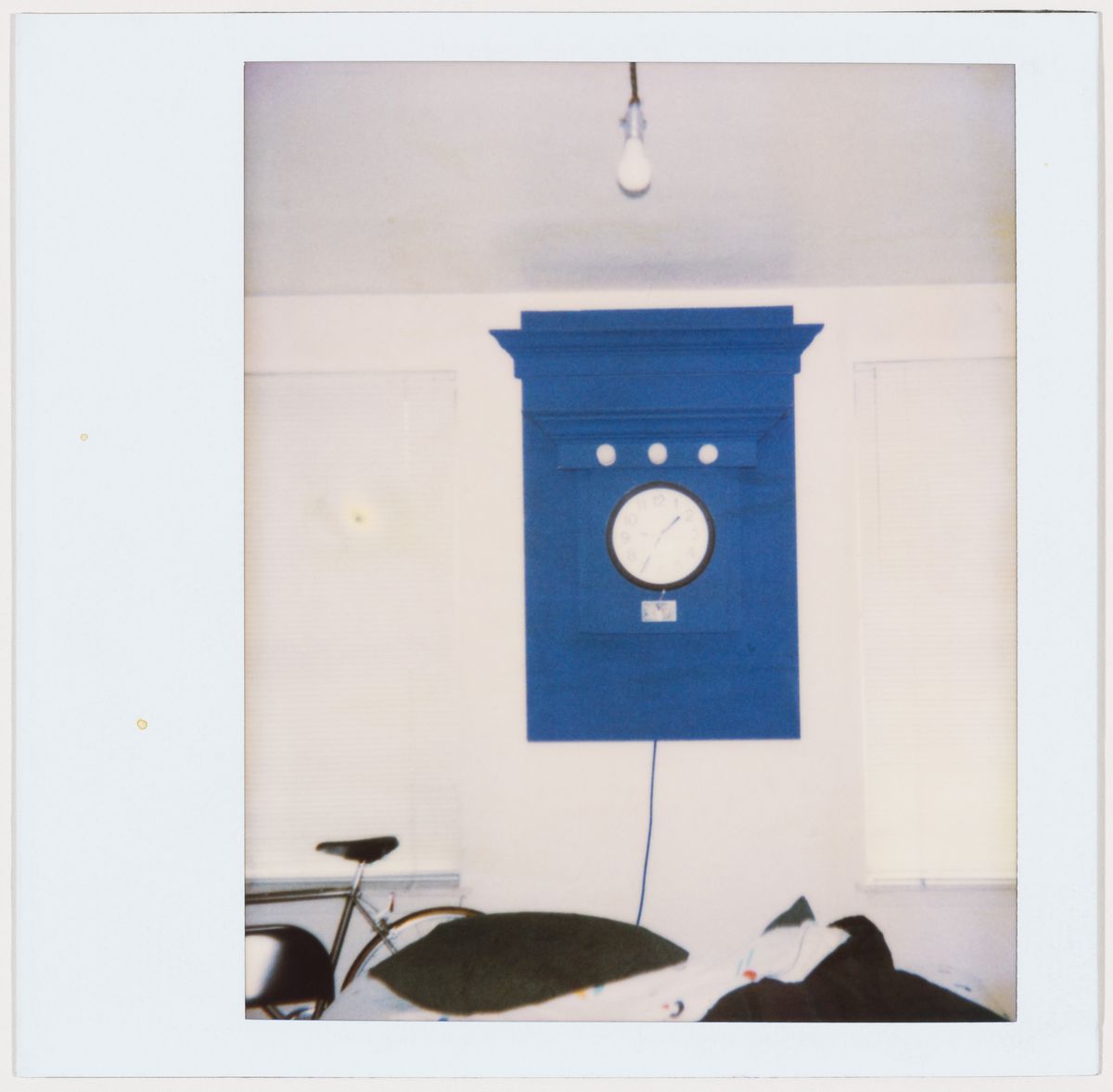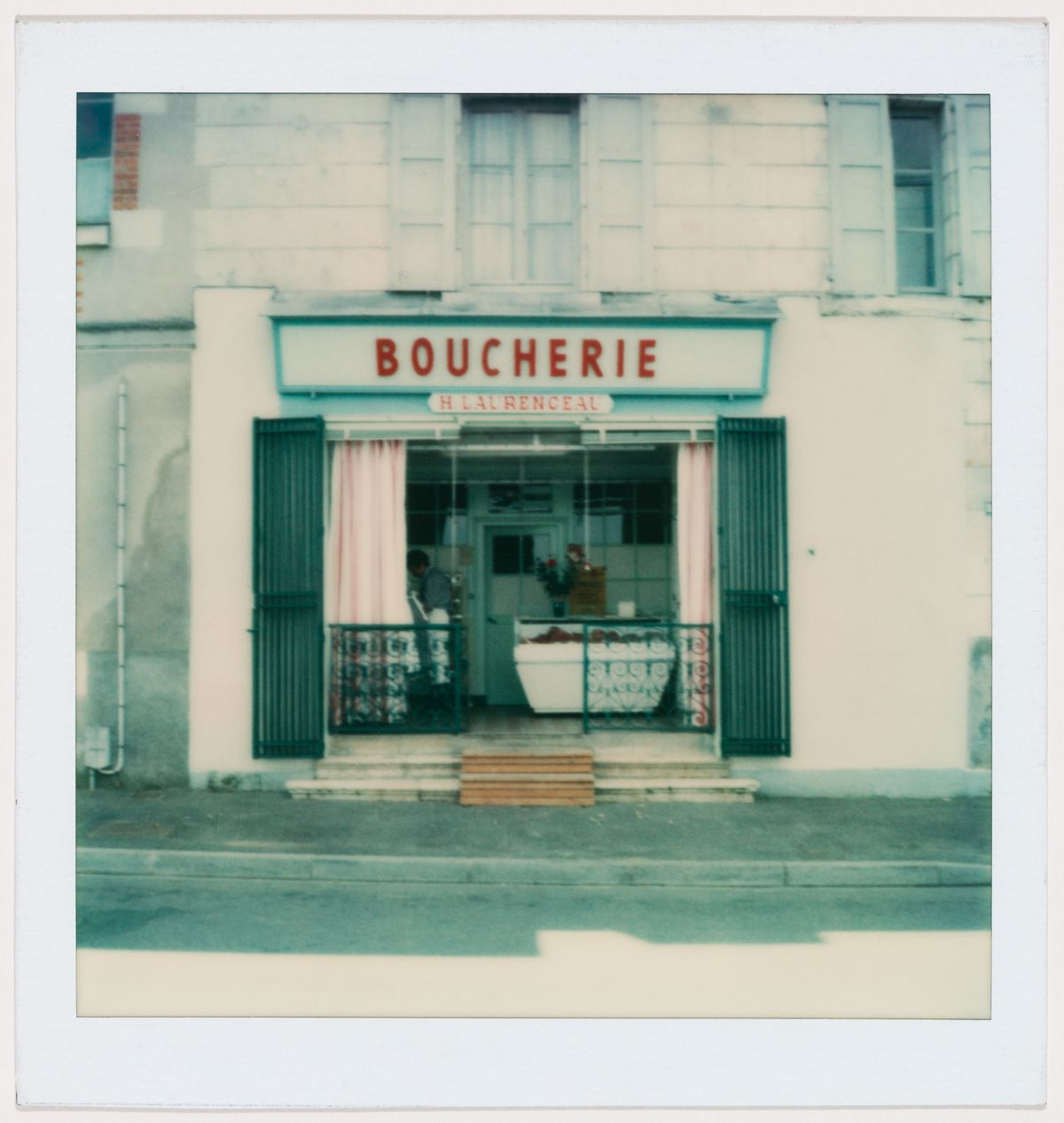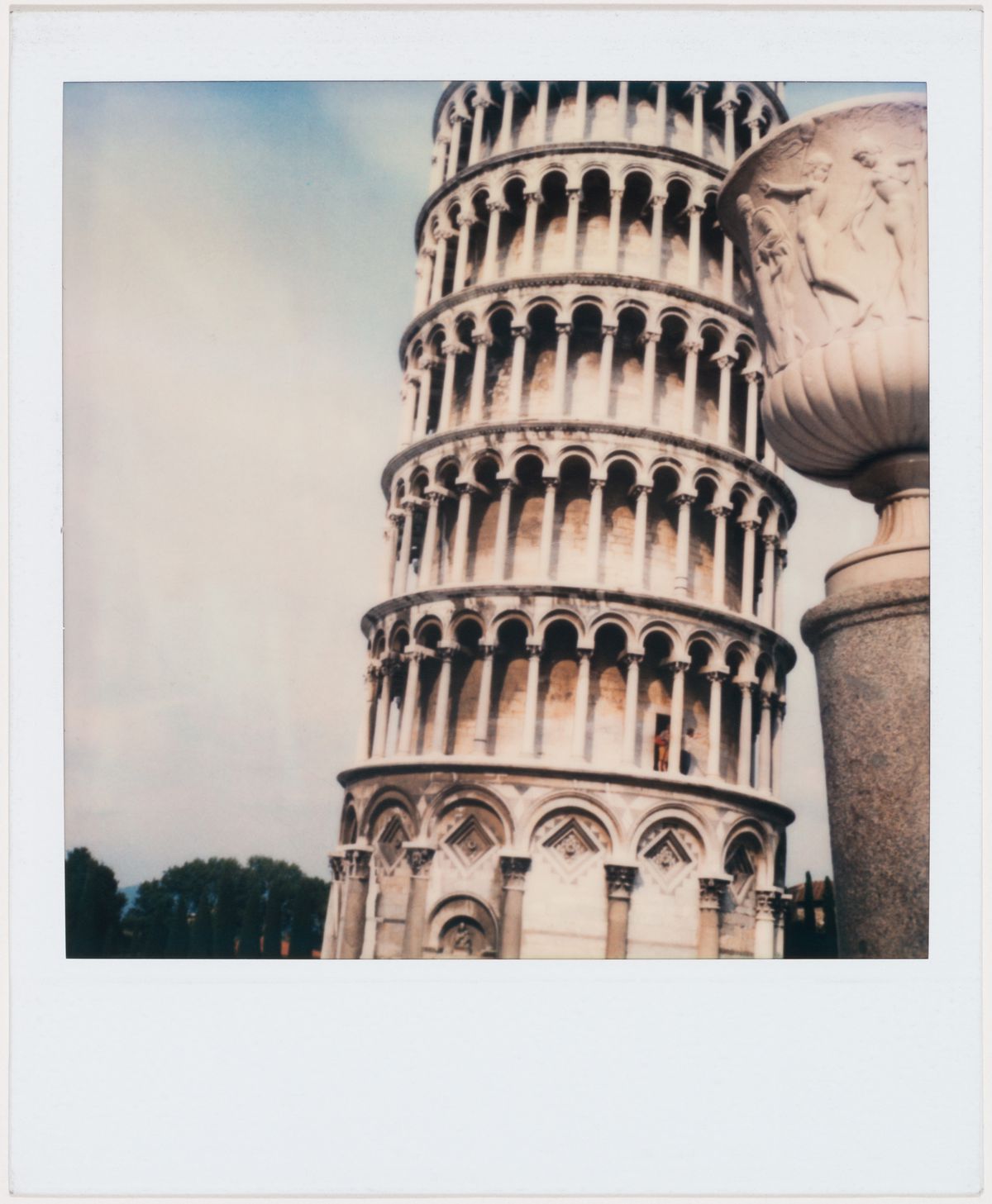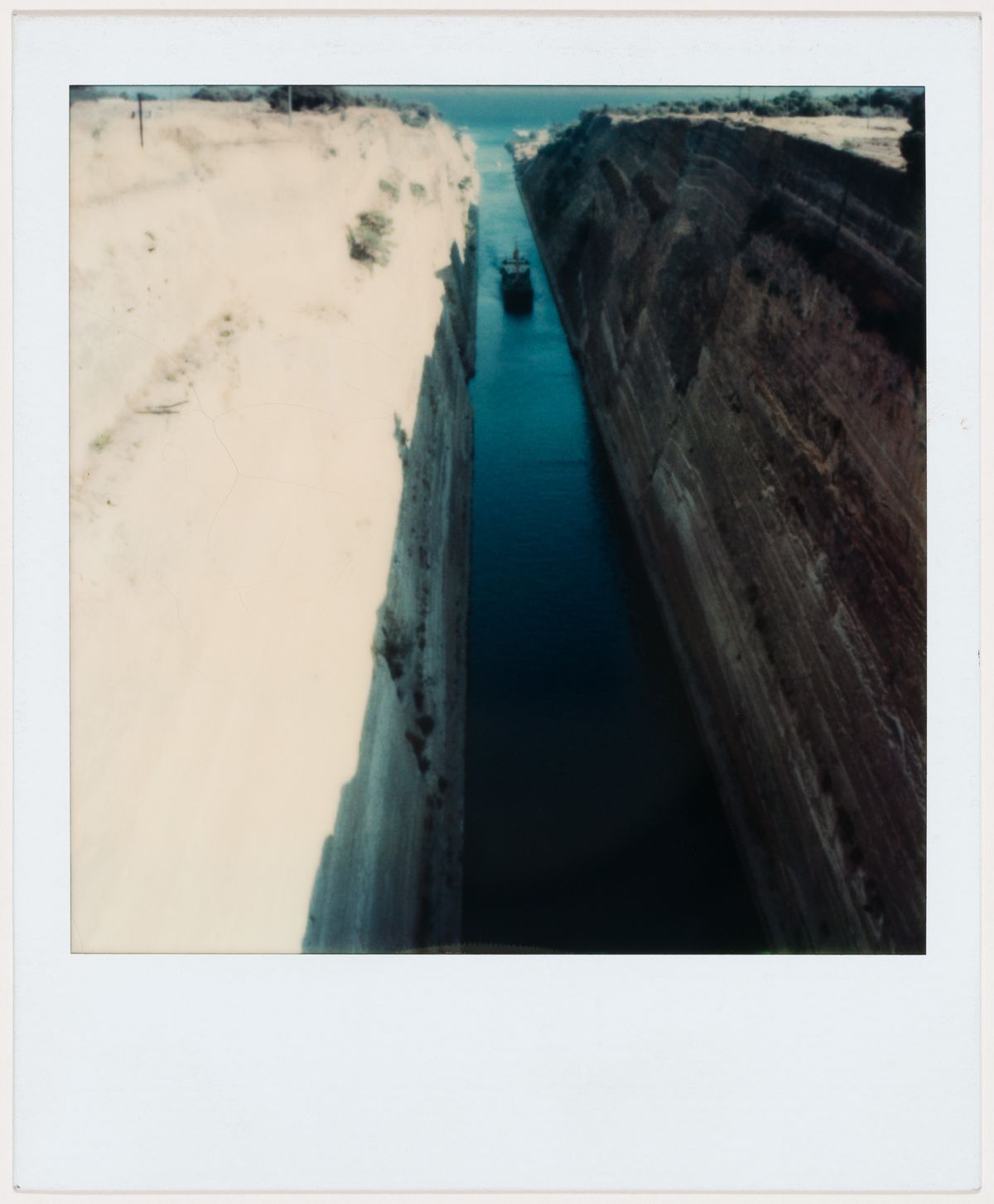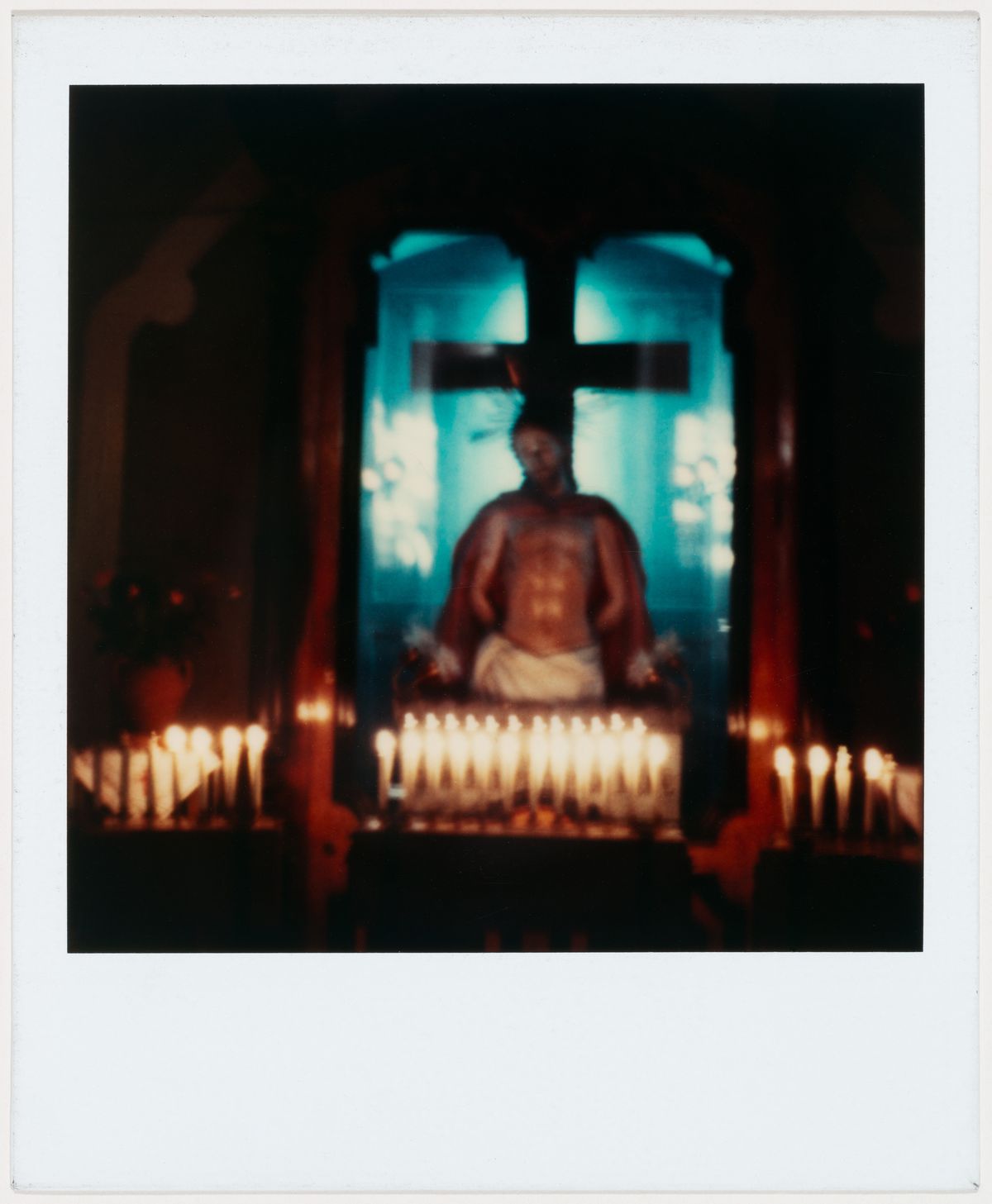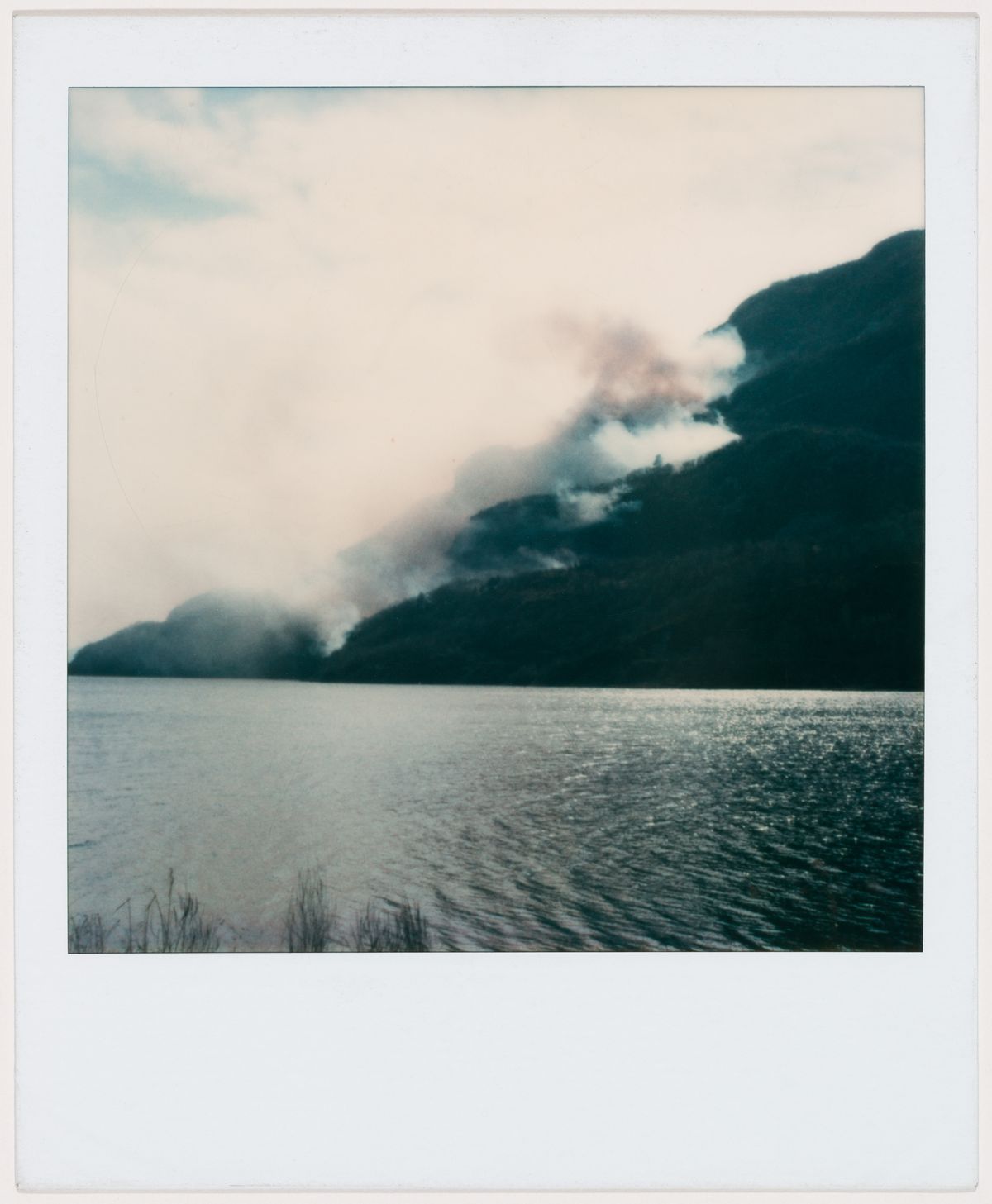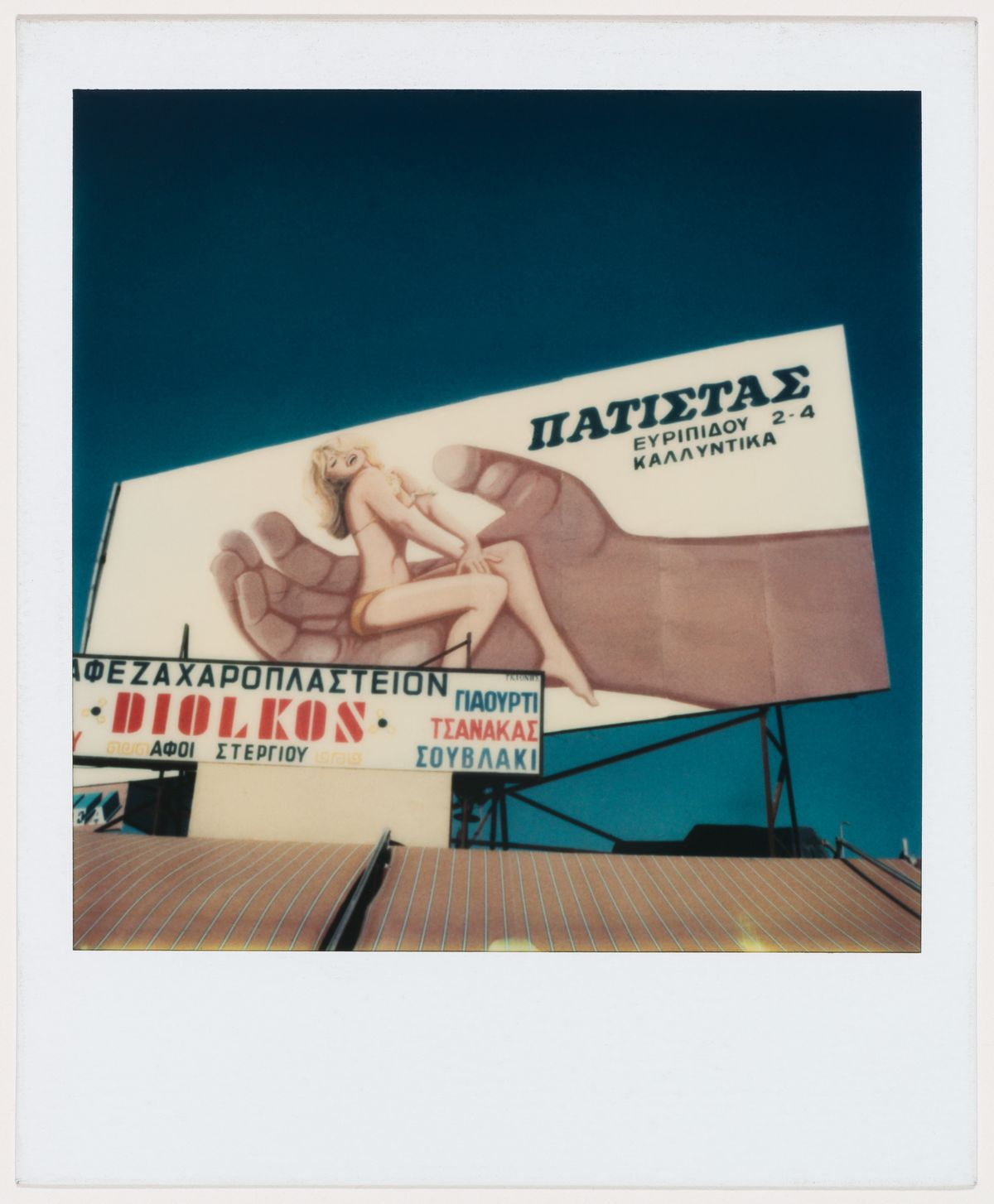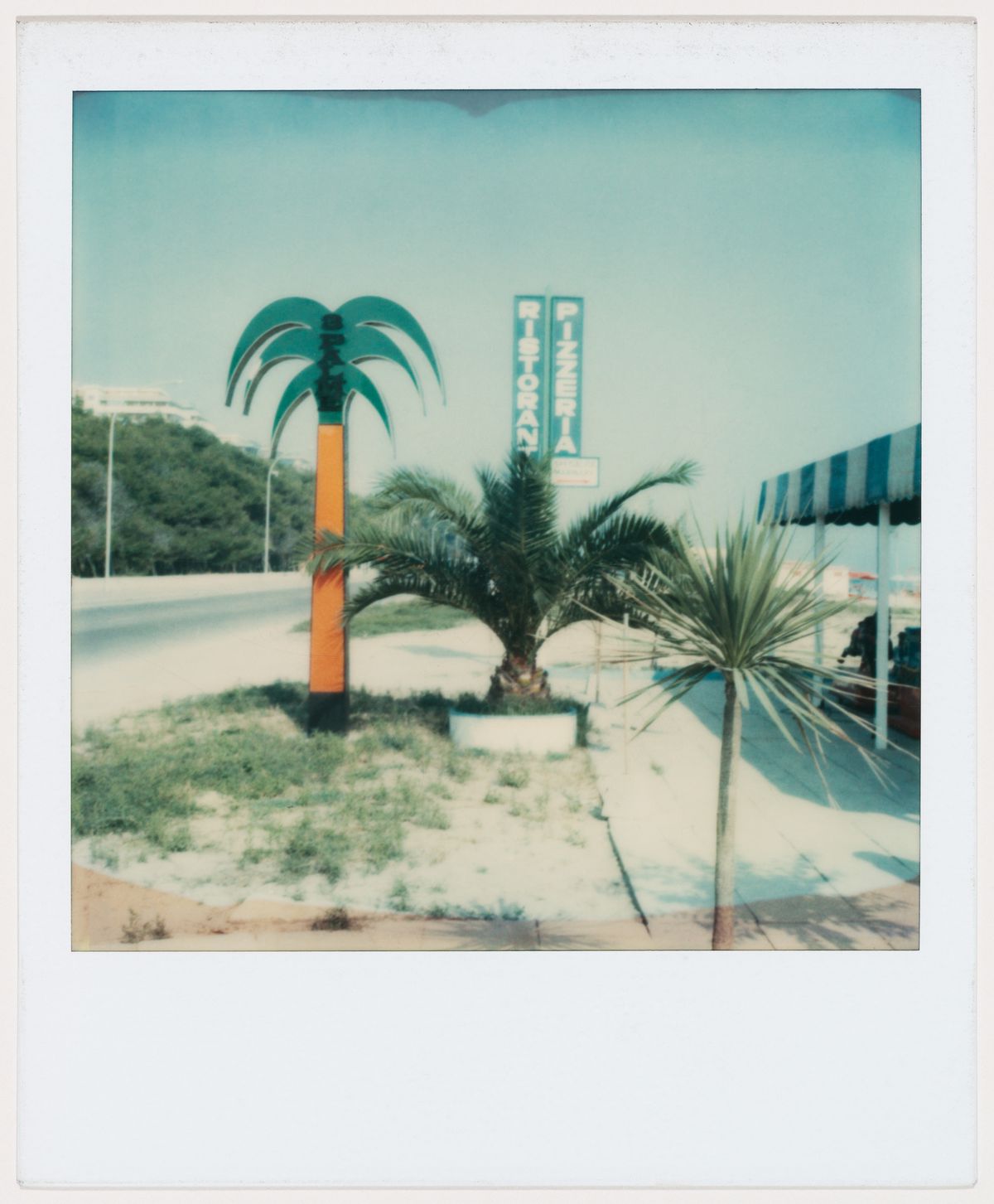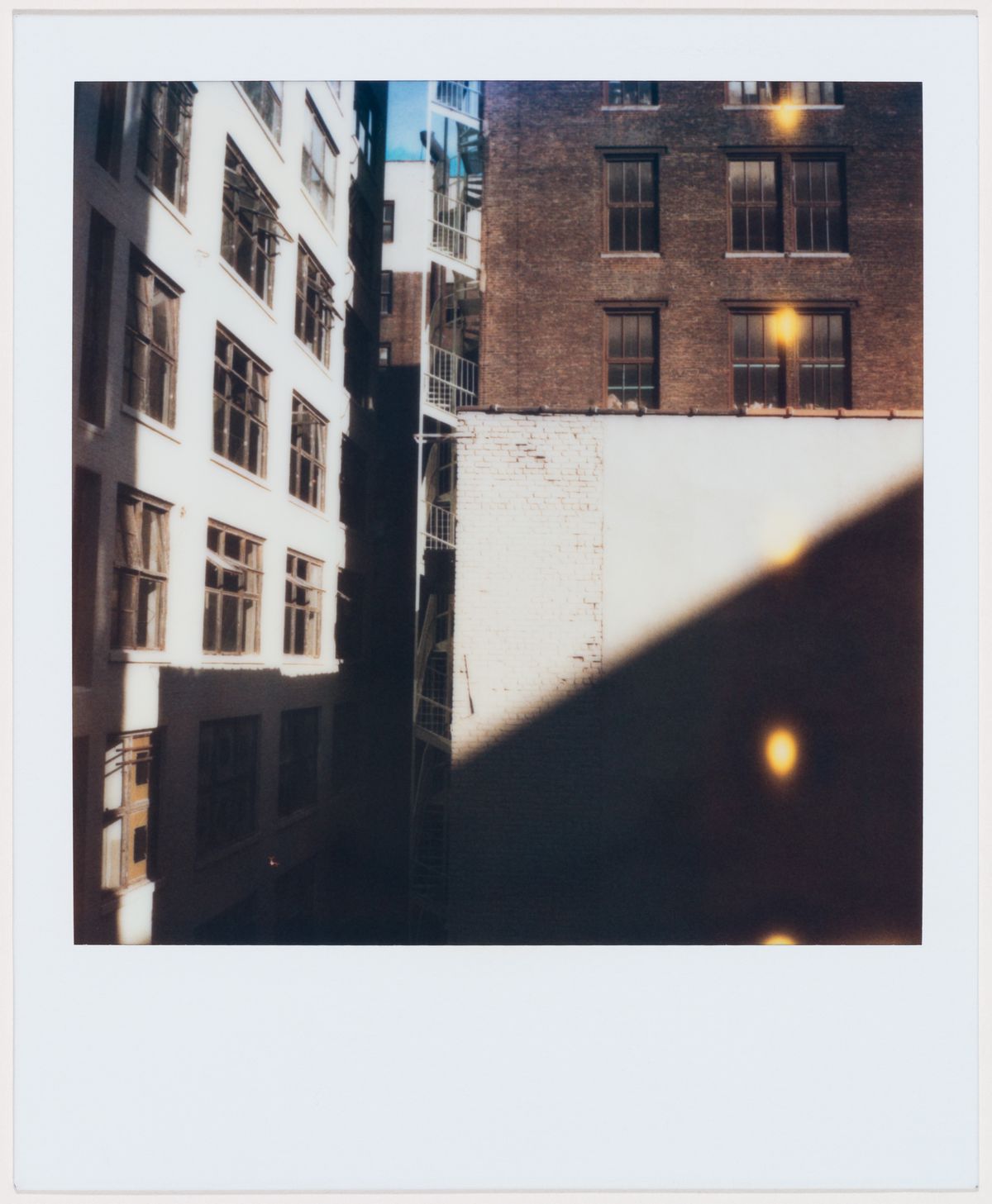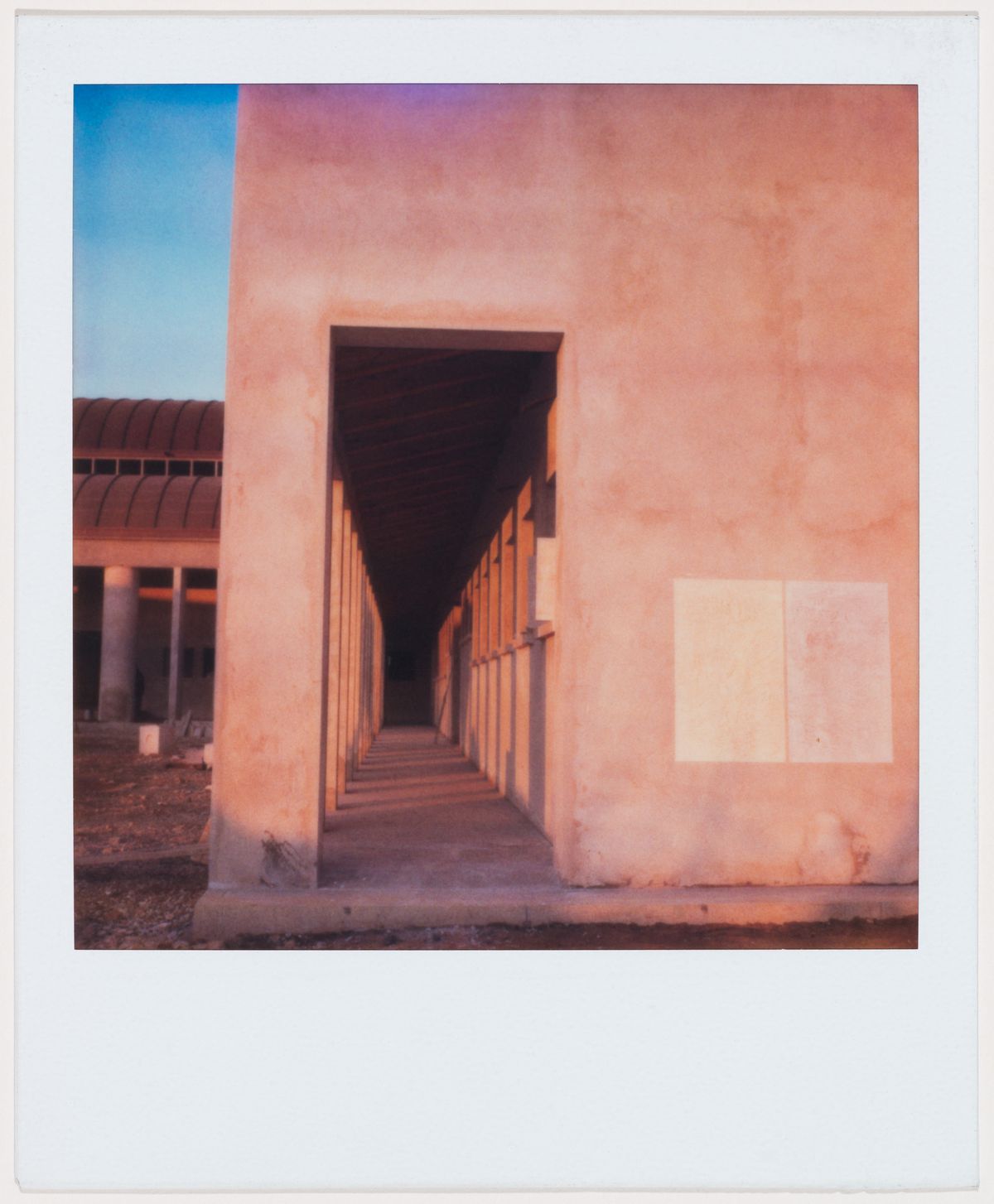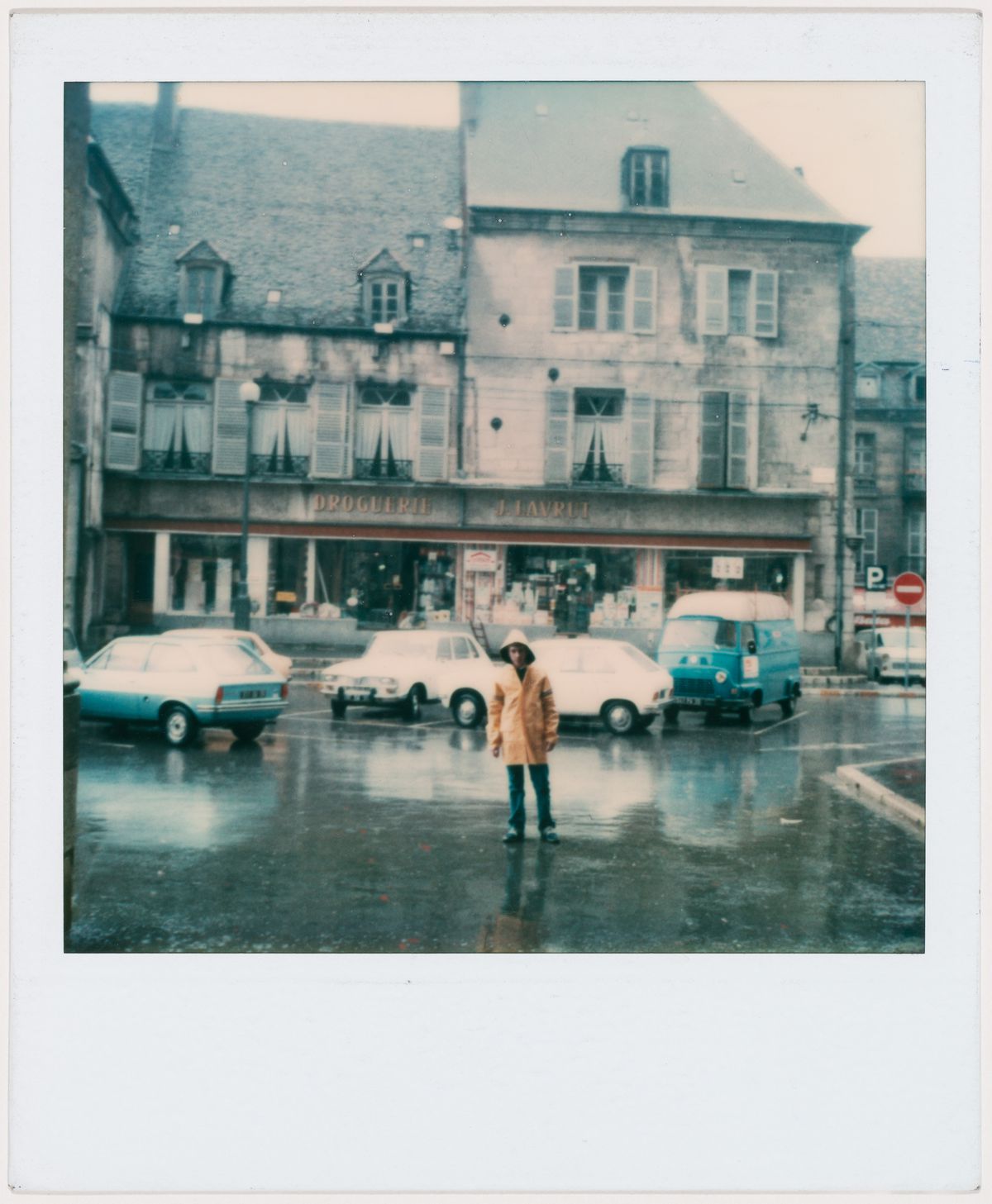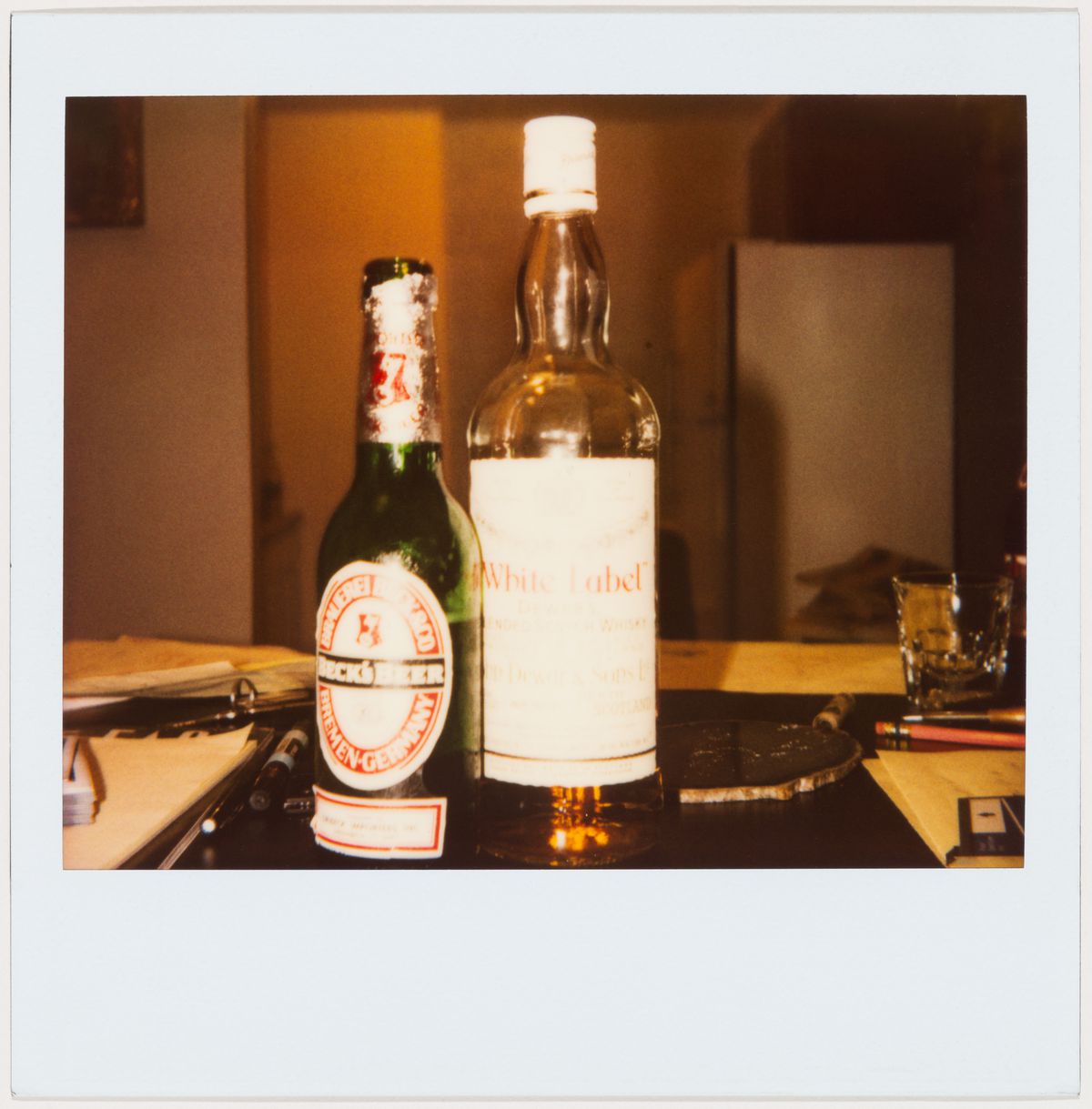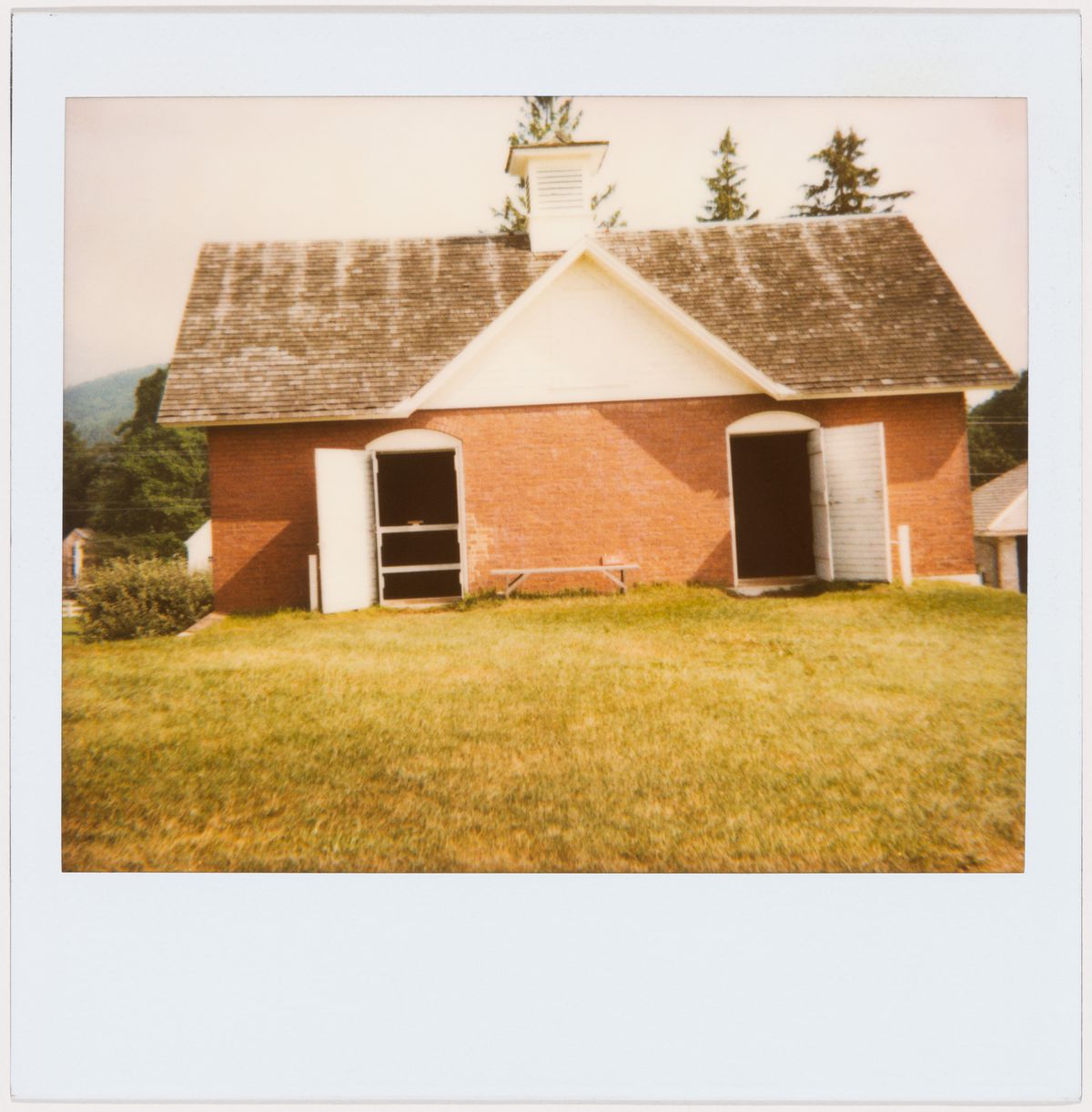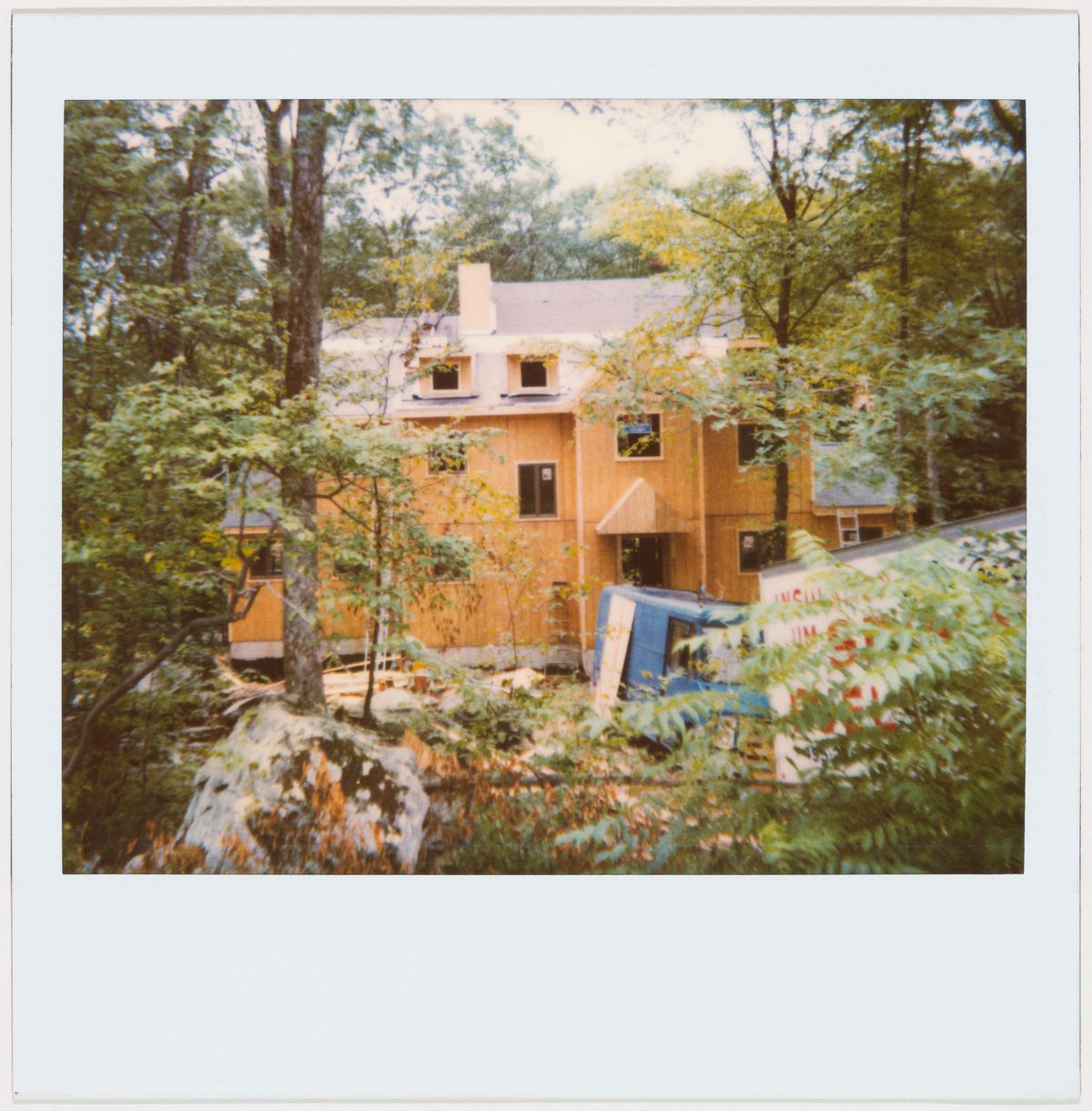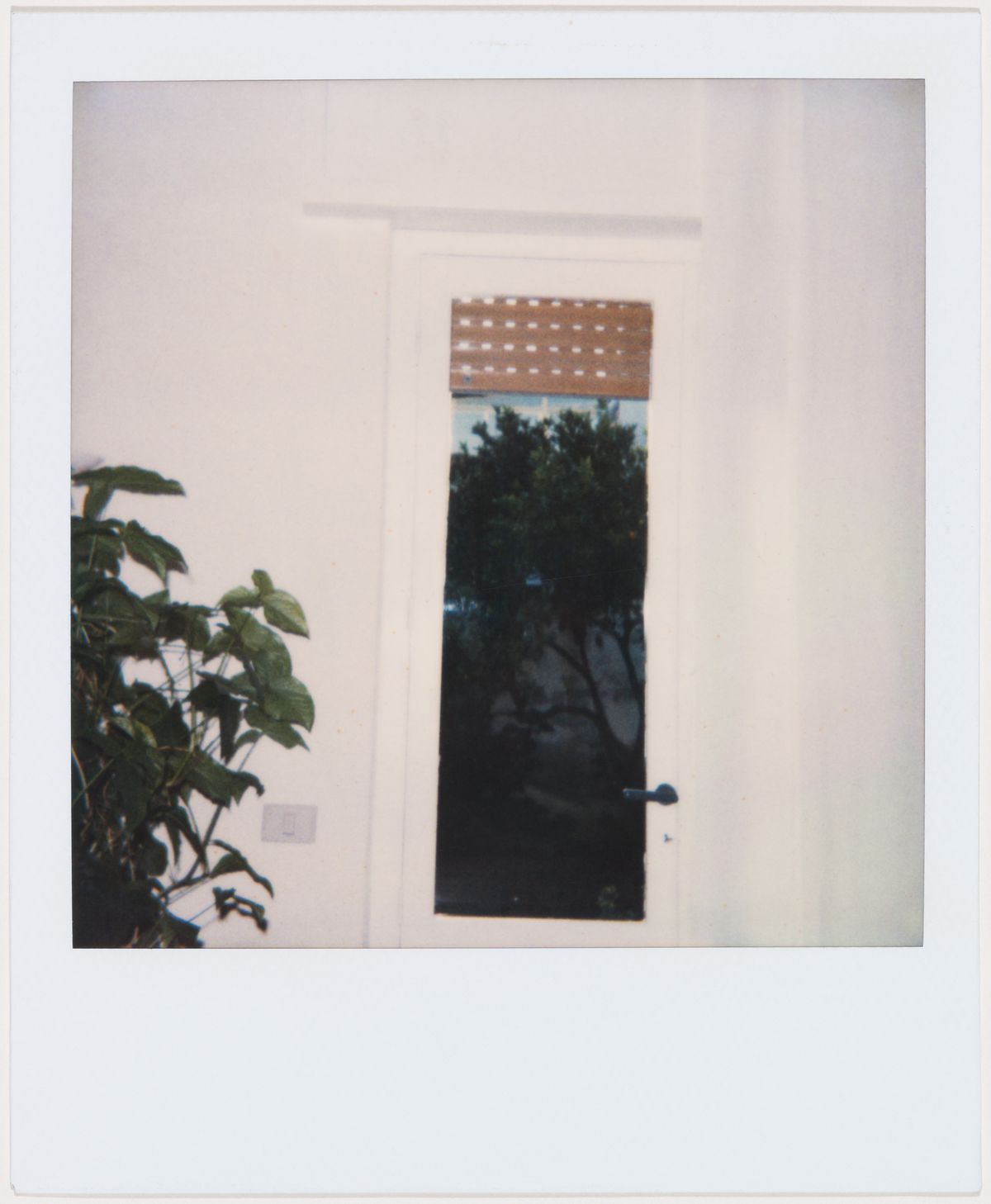Puzzles Solved With the Heart
Aldo Rossi’s Polaroids, introduced by Diogo Seixas Lopes
Aldo Rossi started to take Polaroids at the end of the 1970s, documenting journeys and his whereabouts. They became a visual diary of the Italian architect, until his death in 1997. According to Rossi, these snapshots amounted to “photographs of time ever fleeting, the love of a moment, the pursuit of life.”
There are over a hundred of them, from different parts of the world, in the CCA collection. They include images of boats crossing a river in Bangkok, a Shaker village in Massachussets, and the Leaning Tower of Pisa. There are also images of buildings by Rossi, as well as of his office in Milan. But some of them are nondescript, such as the facade of a villa covered by foliage. Adorned with classicized friezes, the stucco of the wall and the wood blinds of the windows appear worn out. A caption on the back, scribbled with a felt tip, adds some information: “HOTEL ROSEMARY’S BABY AJACCIO (CYRNOS) 21 GIUGNO.”
While there is nothing unusual about the image of the villa, the caption is disturbing. Rosemary’s Baby is the title of Roman Polanski’s horror film of 1968. Its macabre plot takes place at The Dakota, a famous Manhattan apartment building (where John Lennon would be assassinated in 1980). Aldo Rossi insisted that architecture was merely the setting for the unfolding of life. Likewise, the Polaroid of the villa is transformed by its caption. Fiction takes over reality and the exterior view no longer matters. The interior, where all sorts of things can happen, becomes the focus of attention. Indeed, Rossi explained how a story can overtake a building in a recollection from his youth in A Scientific Autobiography:
At this point, without leaving the scientific confines of this text, I must admit that the principal association between the hotel and the green was represented by a girl who was named, in contrast, Rosanna or Rossana, and the sense of paint and contrasting colors was never disentangled in me: specifically the oppositions between the acid green and this rose rosanna, between the color of flesh and a slightly unusual flower, all of which were enclosed in the image of the Sirena.
Rossi’s Polaroids are a counterpoint to his highly publicized buildings. Set side by side, they compose a mosaic of private souvenirs. Full of surprises, good and bad, this cabinet of curiosities discloses a unique legacy—that is, architecture as a form of autobiography.
Diogo Seixas Lopes contributed this text while visiting the CCA in 2011 as a participant to our Doctoral Students Program recipient. A selection of Aldo Rossi’s Polaroids were presented in our 1996 exhibition Luigi Ghirri / Aldo Rossi: Things Which Are Only Themselves.
